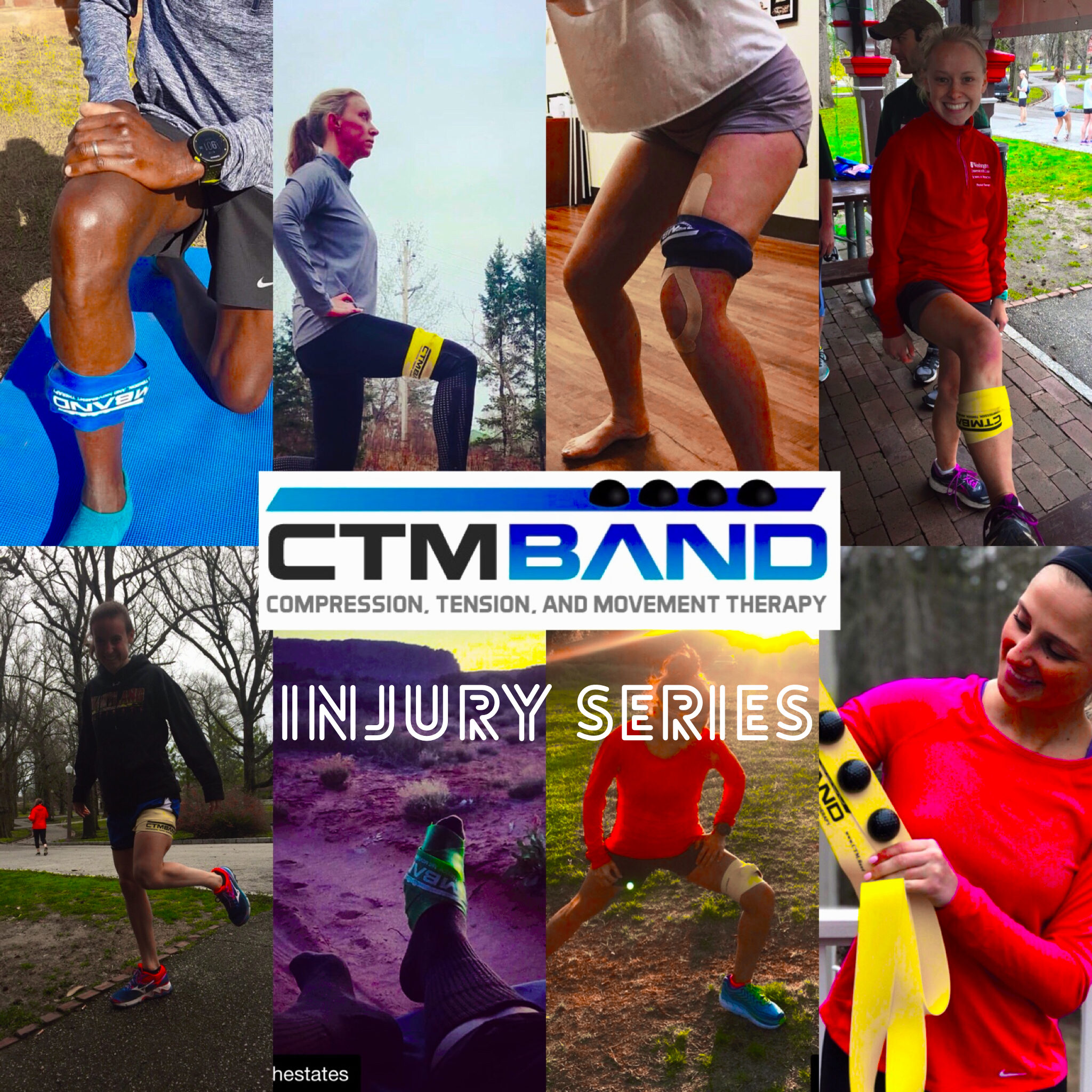Active vs. Passive Stretching
Stretching is a natural part of your muscle recovery and maintenance habits. It goes without saying that if you’re into sports, stretching has greater importance. Stretching can make a big difference in the performance that you give, but it will also help improve your recovery time and cut down on muscle-related injuries.
A well-tuned musculoskeletal system starts with nutrition, follows through with activity, and is capped by the right stretching routine.
There are two main types of stretches out there: active and passive stretching. Active stretching entails a stretch that you do actively, while passive stretching refers to the use of an external force to accomplish the stretching exercise, such as a physical therapist, your bodyweight, a strap, or gravity.
Which is better? Active or Passive?
It depends on what you need at the time. The big advantage of passive stretching is that you can stretch your muscles beyond your natural flexibility and increase your flexibility to a greater extent than you would if you were to use active stretching. It tends to be more intensive and painful than active stretching, however, which is why it’s essential that the stretched muscles are as relaxed as possible when using this technique.
Post-workout is the best time to go for this technique, as it avoids over-stretching a cold muscle and causing injury. Examples of passive stretching include having a friend help you with a hamstring stretch or using a doorway to help stretch your ankle.
Active stretching is the most common form of stretch and the most instinctive. Active stretching requires the athlete to use his or her strength to accomplish the stretch. It can be done anytime and does not surpass the muscles’ natural range of movement.
Respecting the natural range of motion of the articulation and involved muscle groups means that there’s much less risk of muscle injury as a result of this stretching technique. It can be used safely even if the muscles are cold. It can not only help stretch up the muscle fibers involved, but it can act as an effective warm-up for said muscles, too.
More and more people are using tools to optimize their stretches safely. The CTM band, for example, can help you achieve the optimal stretch without risking injury.
For whatever ails you, in preparation for activity, or post-workout, remember to stretch when necessary while keeping yourself safe.





Leave a comment
All comments are moderated before being published.
This site is protected by hCaptcha and the hCaptcha Privacy Policy and Terms of Service apply.